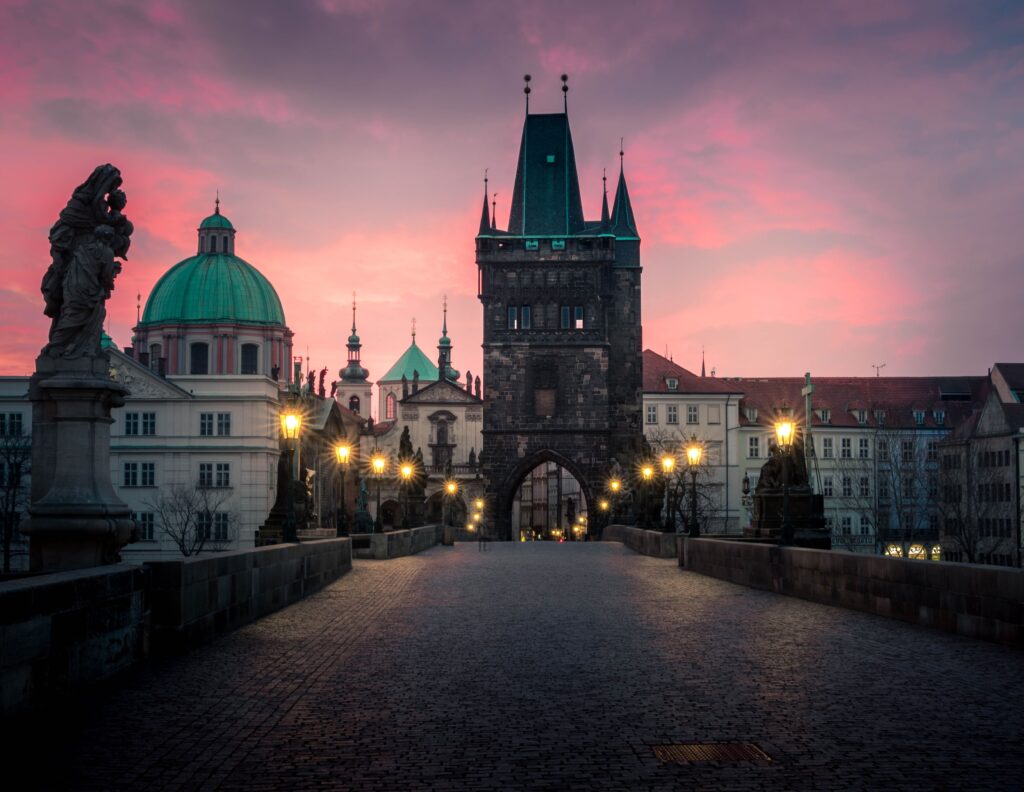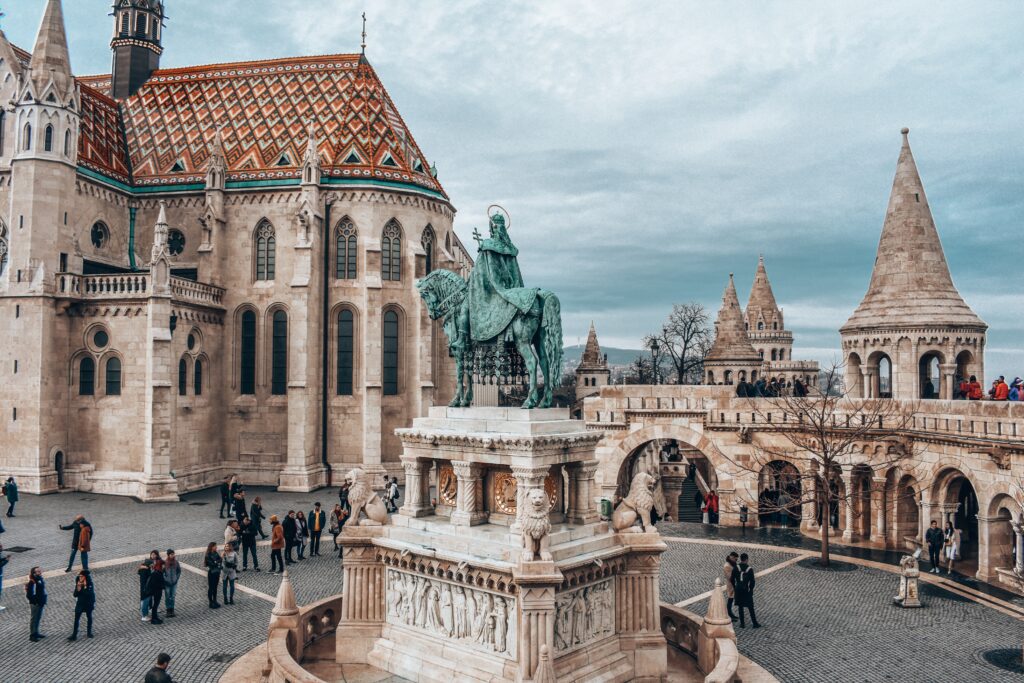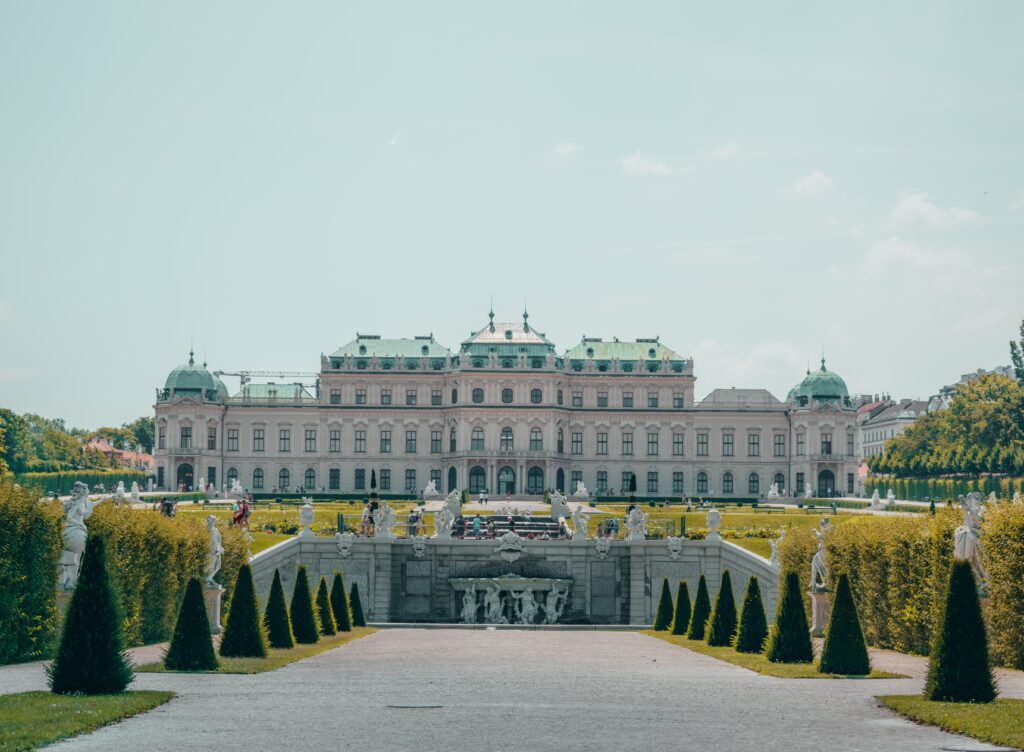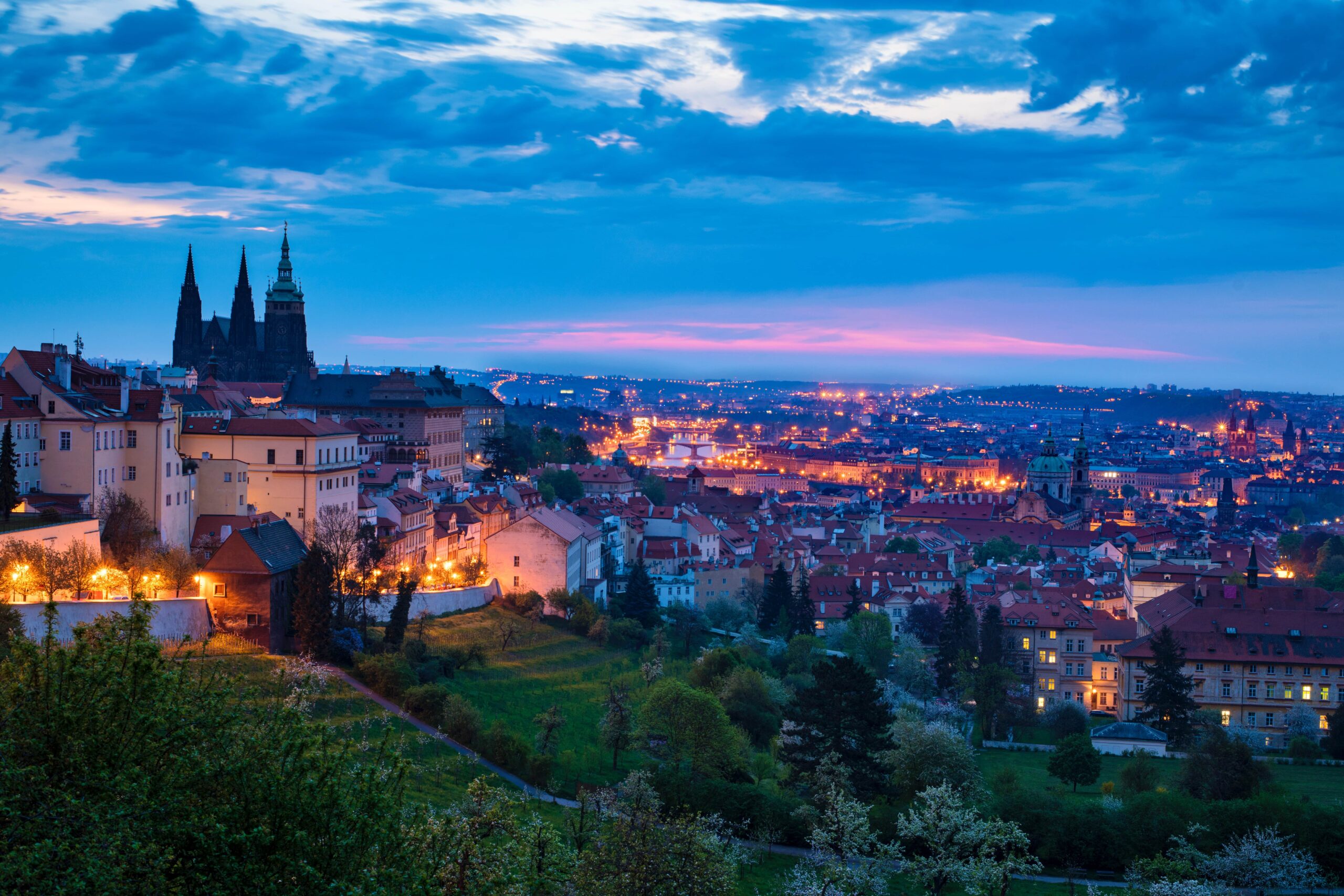Table of contents Show
Choosing between Budapest, Vienna, or Prague
Some of the best spots in Central Europe to soak up the region’s distinct features are the towns of Budapest, Vienna, and Prague, which were all significant centers during the illustrious Austro-Hungarian empire. Close in proximity yet vastly distinct from one another, the cities of Budapest, Vienna, and Prague provide a depth of experience that is difficult to discover anywhere in Europe.
All three capitals are within easy reach, each within a few hours of the others. Due to its central location, Vienna is not the best starting point for a trip around Central Europe. Prague is the most well-liked city among tourists from other countries.
You may easily travel by train between Prague, Vienna, and Budapest because of their proximity to one another. It’s possible to save money by using the bus, but be aware that it will add at least an hour to your trip.
Which is the best route to take?
If you are at a loss as to where to begin your journey, Prague is an excellent place to begin. The trip would be complete after a stop in Vienna and a visit to Budapest.
The most cost-effective method of transportation, by far, is the train, as it is cheaper to travel from Vienna to Budapest compared to traveling from Budapest to Vienna. It is for this reason we recommend that you begin your trip in Prague and afterward proceed on to Vienna and finally Budapest, reasonable to expect to pay.
- Travel time between Prague and Vienna is approximately 333 kilometers.
- There are a total of 242 kilometers between Vienna and Budapest.
Budapest, Vienna, and Prague are three of the most enchanting cities in Europe; read on to learn more about their differences and similarities.
Visit Prague

Cost of staying in Prague
Prague is a city where, with careful planning, you can have a very affordable stay both in terms of lodging and general living expenses like food and sights. The average person can get by on $25-$7daily Spending as low as €40 a night at a deluxe hotel (rated 4 or 5 stars if possible). As for food, there are plenty of restaurants where you can eat for much less, around €10 per head.
Czech is the official language of people living in Prague.
What to eat in Prague
Goulash, schnitzel, barbecued sausages, dumplings, pancakes, traditional desserts, and Europe’s greatest beer are just a few of the meat specialties and beers that you may find in Czech cuisine. Around Prague, you may find restaurants that serve the classics throughout the year. These recipes are filling and delicious, while also being warm and reassuring.
What to do in Prague
Need some suggestions for things to do in Prague? The capital’s beauty is unparalleled in Europe, yet it has much more to offer than just its striking appearance.
Prague’s which is split in two by the Vltava River, is a stunning city known for Gothic beauty and Renaissance buildings, as well as its numerous excellent museums and beaux – arts churches and bridges, will impress even the most seasoned traveler.
Wander the ancient streets by day and the have a dinner cruise along the river Vltava by night, and when you’re tired of sightseeing, unwind with some hearty Czech dishes and do beer tasting of the world’s best lagers in one of the city’s countless pubs.
Everything from a jazz band, puppet shows, and pork knuckles to an astronomical clock and a maze.
Join your local experts for a walking tour of the city’s must-see landmarks and learn more about its fascinating history. Check out St. Vitus Cathedral, located within Prague Castle, to see where the Bohemian kings are buried. Then, at Old Town Square, check out the Astronomical Clock and also its daily March of the Apostles.
Visit the fourteenth-century Charles Bridge and its collection of Baroque sculptures of saints before taking the afternoon to yourself to take in the city’s stunning vistas.
Discover Budapest

Cost of Staying in Budapest
Budapest also offers low costs, though not relatively as low as those in Prague. Similar to Prague, you may discover a variety of hotels for under €40 to €60 per individual. The average cost of lunch in the area is around €10 per person.
The main language spoken in Hungary is Hungarian.
What to Eat In Budapest
Although you can get cuisines from around the world in Budapest, you shouldn’t skip out on the Hungarian fare! Goulash, a beef and vegetable stew, has gained international renown and is the country’s most famous cuisine.
What to do in Budapest
Explore Budapest which is known as the “Spa Capital of the World” due to its underground caves, stunning architecture, and rich cultural heritage. Apart from its position as “Queen of the Danube,” Budapest is renowned for its delicious local food, impressive Great Synagogue, massive Parliament Building, the city’s most recognizable structure, and one-of-a-kind Ruin Bars.
Explore Vienna

Cost of staying in Vienna
Vienna, on the other hand, is a city where living expenses are significantly higher than average. You can opt for a flat instead of a hotel room to cut costs on food, and you will thank us later. The going rate for a one-bedroom apartment is sometimes more than 50 euros per night. Meals will begin at roughly €15 per person, though this might vary greatly depending on the restaurant and the season.
Vienna German, often known as Wienerisch, is a subset of the Austrian German official language spoken in Vienna.
What to Eat In Vienna
Vienna is the place to go if you’re a lover of home-cooked meals that are sure to warm your heart and soul, meats that literally come off the bones, and rich, satisfying comfort cuisine.
You will have many varieties to choose from when you go to eat in Vienna, with options ranging from freshly made, flavorful, and chocolatey schokocroissants early in the morning to würstel stands barbecuing scrumptious sausages to elegant eateries serving the best wiener schnitzel and coffee shops serving yummy slices of sachertorte.
What to do in Vienna
With a smaller group, you can really get to know the local customs and traditions. Visit the Kunstkammer and gain insight into the history of one of Europe’s most influential royal families. Examine the collections of the Habsburg kings and archdukes before opening the doors to the public.
Later, your local expert will take you to the Hofburg Palace, the official residence of the President of Austria and the former seat of the Habsburg dynasty. You can check out the Opera House, the renowned Parliament Building, and the intricately tiled roof of St. Stephen’s Cathedral. Experience the city’s renowned Sachertorte and coffee scene in the afternoon.
The Currency to use in Budapest, Vienna, and Prague
The exchange rate is the single most baffling part of a trip to Central Europe. Even though all three locations are EU members, only Vienna actually utilizes the Euro as its official currency. You’ll require Czech Kronas in Prague, but Hungarian Forints in Budapest.
Although the Euro is widely accepted in Budapest, each business sets its own exchange rate, which is almost always unpleasant. Do your best to use a card for all of your purchases. In this case, it would be convenient to have an account with an online bank that offers access to multiple currency options.
Enjoy a cultural trip to Prague, Vienna, and Budapest
The sight of the well-known Vltava River can be seen in Prague, and then visitors can pass into Austria to take in the magnificent Baroque structures in Vienna. Budapest is full of fascinating historical sites, but a trip to the city wouldn’t be complete without some relaxation at one of the city’s famous hot baths.
To find more tips, check the Prague tourist guide.
.





